- Introduction
- Costa Rica Logistics
- The Other San Jose
- Arenal & La Fortuna
- Horses & Waterfalls
- Hanging Bridges & Toucans
- Food
- The Big Day
For all practical purposes as a tourist, Costa Rica was like an extension of the United States. Traveling there was super easy, and required less preparation than most of our foreign trips.
GETTING THERE
Like many other countries, Costa Rica has no visa requirement for U.S. citizens. Sure you need to have a passport, but besides that you can just hop on a plane and go aloha pura vida. It’s also worth noting that for many Americans, Costa Rica can be easier to get to (short & direct flights) than Hawaii.
FOREIGN EXCHANGE
Costa Rica’s currency is colon (CRC) and it’s roughly 1/560 of an USD. Do you need to know or care about it to visit? That’s hard to say. Many establishments list prices in USD, and those that don’t are likely to accept USD and provide change in colones. Counting on the latter is bad habit, of course, and you’ll probably get a crappy 1/500 exchange rate for easy mental math. However, it could be quite handy if you drove off the airport car rental lot and immediately ran into a toll booth unprepared – in our case, we handed the attendant a $1 USD bill and got a bunch of coins back. We never bothered to count them.
Of course, if your wallet held at least one credit card with no foreign transaction fee, things would be even easier. We ate and shopped at a bunch of tiny stalls, sometimes paying under $2, and the vast majority of them accepted VISA and MasterCard.
LANGUAGE
My entire Spanish vocabulary consisted of “hola” and “gracias”. Thankfully, the Costa Ricans (at least those catering to tourists) spoke fluent English. When our 12-year-old waiter at a food stall on a dark street said the words “remember, it’s always my pleasure to serve you,” I was convinced that many of them spoke better English than I did.
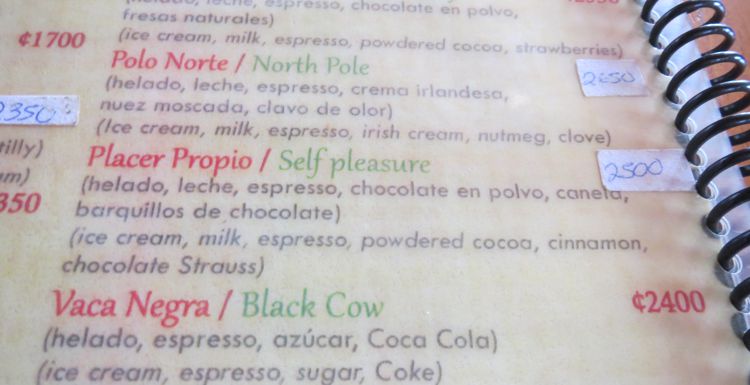
Drinks menu at a cafe
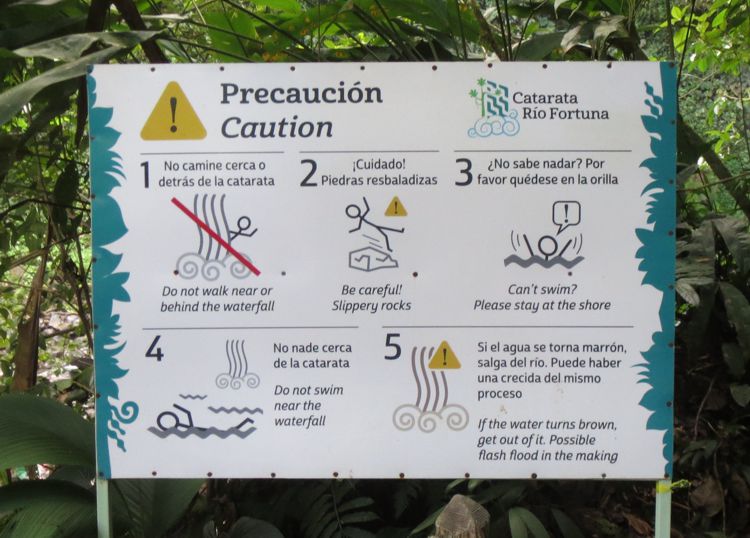
Need instructions to not kill yourself? There’s help for Spanish illiterates, too.
DRIVING
It’s unfortunate that, like most of the United States, Costa Rica had little public transportation. Getting around required a travel agency plus a ton of patience, or a rental car plus a GPS. The latter is by far the better option for those who can operate a moving vehicle, and it’s super easy because the rules and signage mirrored their US counterparts. To make it even easier, all you need to get behind the wheel is a US driver’s license.
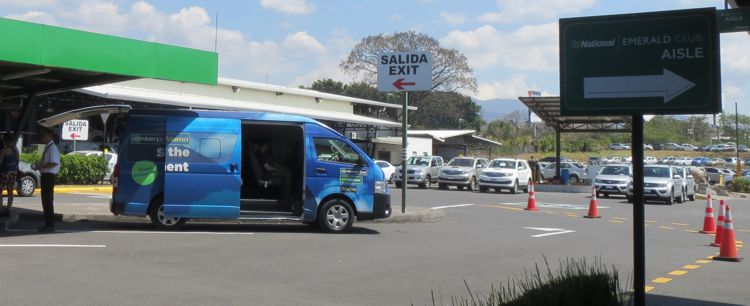
We rented from National and had a pleasant experience.
Our hosts recommended a local company called Vamos, but it did not provide rentals for less than a week.
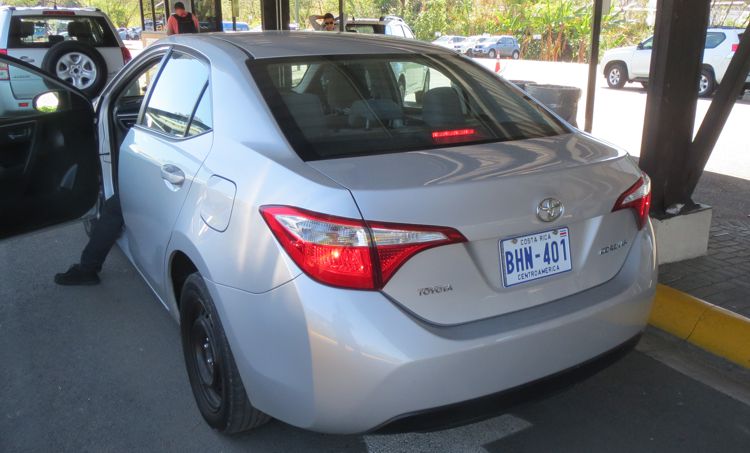
A lot of “Costa Rica driving guides” recommend SUVs for the supposedly terrible road conditions.
Our Corolla worked just fine.
While on the Costa Rican roads, we saw LA-level traffic jam, Tahoe-level winding paths, Jersey-level aggression assertiveness, and Orlando-level concentration of clueless tourist drivers. In other words… my virgin foreign road trip felt hardly different from my domestic driving experiences. The locals were all reasonable people: at least, they seemed smarter than Californian drivers and more courteous than tri-state drivers.
What bugged me most about driving in Costa Rica was the seeming lack of emission standards. Time and time again we were trapped behind trucks and SUVs that puffed smoke as black as the squid ink in Mario Kart. I’m pretty sure the exhaust undid all the health benefits that we gained from breathing in the fresh mountain air in one of the world’s greenest countries.
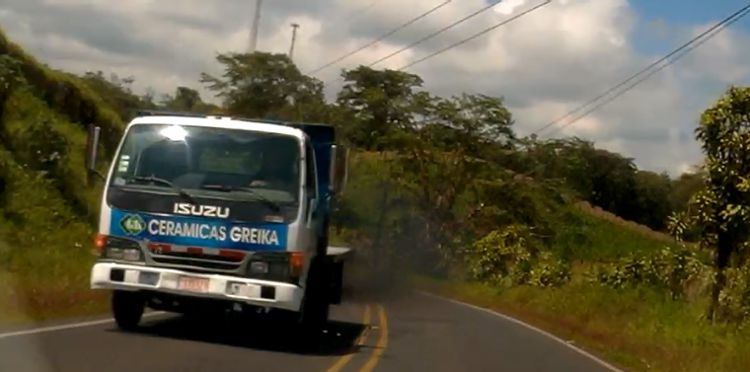
California would never tolerate such smog.
The next issue that we encountered was the utilitarian road construction. Quite sure some math genius took the average car width, added two inches to each side, and declared that the standard lane width. And who needed road shoulders anyway? The result was a road system perfectly usable except for those who can’t execute 180-degree hair pin turns on an incline. We had some near misses as the oncoming traffic liberally used our side of the road around sharp corners.
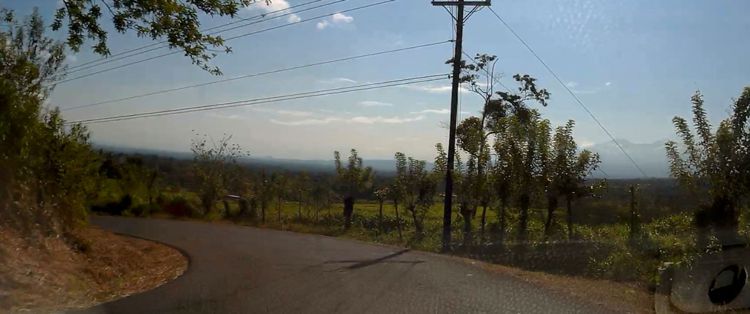
This may look like your driveway at home, but was a two-way public road with plenty of trucks.
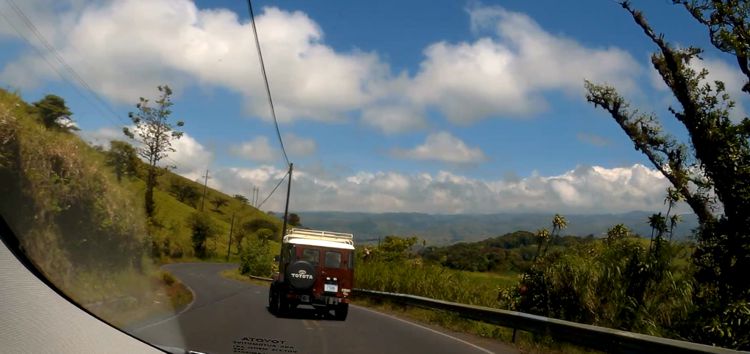
Even on near-straight roads, it was common to see vehicles taking up both lanes.
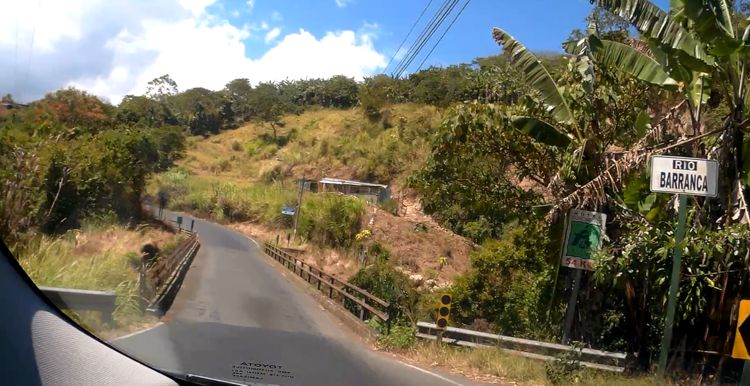
Single-lane bridges were everywhere, too.
Going from point A to point B in Costa Rica can take a while. That’s in part because the official speed limits are lower than what we have in the US for similar roads. However, the real deciding factor are other cars on the road. While some drivers were fine going 250% of speed limit (indicating just how conservative those posted limits were), many would barely exceed half of the limit. You’d think that people in those mountains must have developed their Initial D skills, but that wasn’t the case. Pura vida, I guess?
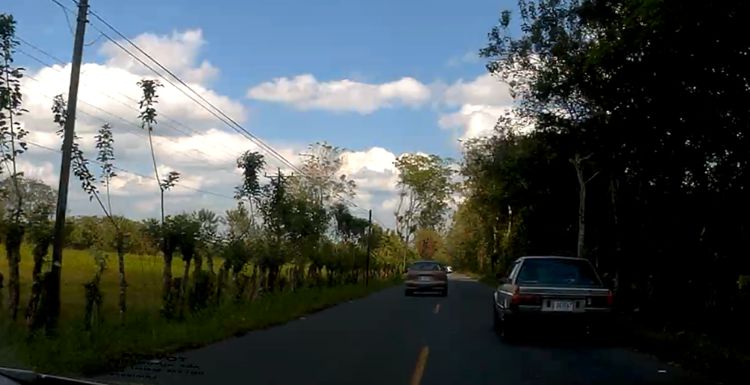
This local was being passed by another local, and then us.
Parking in Costa Rica was intuitive as well. Just like back home, there were lots of free parking lots, free street parking in towns, and paid parking lots in the big city.
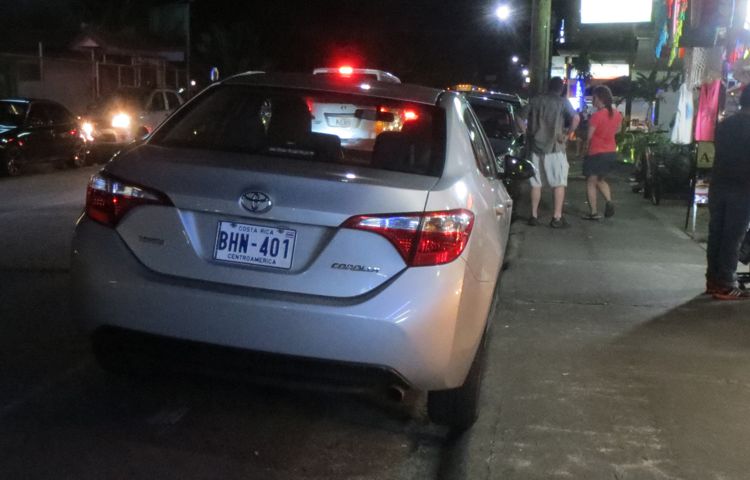
Parallel parking in La Fortuna
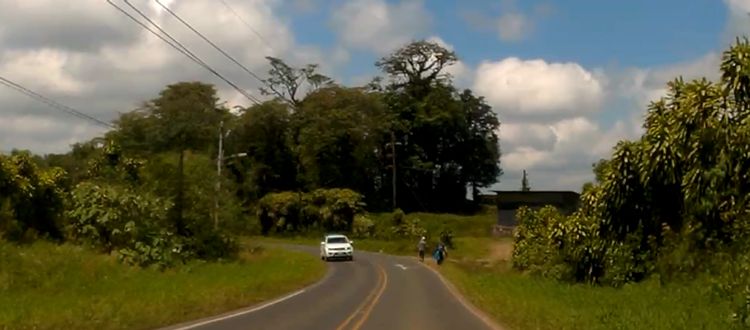
Pura Vida 2017 (3/8) – The Other San Jose – Peter's Blog
February 26, 2017 at 7:06 pm[…] Costa Rica Logistics […]
Pura Vida 2017 (4/8) – Arenal & La Fortuna – Peter's Blog
February 27, 2017 at 11:40 pm[…] Costa Rica Logistics […]
Pura Vida 2017 (5/8) – Horses & Waterfalls – Peter's Blog
March 1, 2017 at 12:37 am[…] Costa Rica Logistics […]
Pura Vida 2017 (6/8) – Hanging Bridges & Toucans – Peter's Blog
March 2, 2017 at 2:03 am[…] Costa Rica Logistics […]
Pura Vida 2017 (8/8) – The Big Day – Peter's Blog
March 4, 2017 at 11:44 am[…] Costa Rica Logistics […]